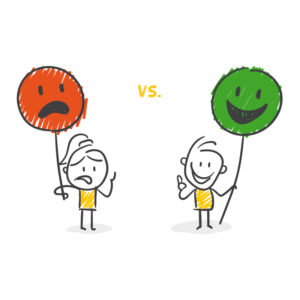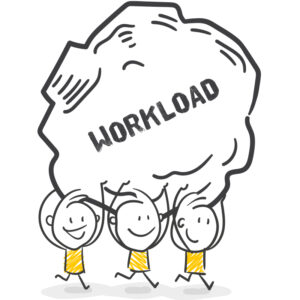Recognition
The Most Effective Tool for Organizational Growth

Most organizations across the globe are bouncing back and are on the hunt for maximum possible growth. However, in order to achieve this, multiple factors play an integral role, and one of these factors is the use of a proper peer recognition program in the workplace.
The basic human desire to be recognized, complimented, and appreciated is the driving factor behind self-motivated good work at the workplace. The simplest way to ensure that employees motivate each other to bring out their best on a regular basis is a good peer recognition program.
However, while the benefits of a good peer recognition program are well known, does it eventually live up to be perhaps the most effective tool for organizational growth? This is a question that comes to mind often, and through this blog, we shall try and present our readers with an answer.
What exactly is Peer Recognition?

Peer recognition is a formal or informal way of acknowledging an individual’s or an entire team’s work, conduct, or outcome achieved by the work they’ve put in. This is usually done when their actions have pushed towards the overall growth of the organization and contributed to its values of the organization. PeerFives believes that peer recognition, while in itself is a great way to unlock the full potential of a team, must be done instantly to ensure that the praise for the work done isn’t diluted in form whatsoever.
Impact on the workplace:
We must understand that the process of achieving organizational growth isn’t a simple and straightforward one. There is no linear graph for growth if there are no appropriate tools provided to the employees for working hard and delivering the desired results. Any organization that has the resources might be able to pump in the funds and build a workplace they desire, but the positivity that is required to fill the workplace cannot be bought; it needs to be generated organically.

In a renowned long-term study that was conducted, it was found that having a good company culture led to growth in revenue by 4 times as compared to companies having a poor culture at the workplace. As we know, company culture is defined by a multitude of factors, but the backbone of company culture is employee recognition.
Thus, peer recognition must be used as a tool by organizations to create a positive work environment. Unsettled work environments are a direct result of the havoc that the pandemic has unleashed across the globe in the past two years. The uncertainty that this has brought about in the lives of the employees has put the onus on leaders in the corporate world to embrace comprehensive peer recognition programs that create an environment where every individual’s work is recognized, they feel empowered, they are given a voice, and there is a general sense of appreciation by peers itself.
Negative Feedback vs. Positive Recognition:

There is often a common misconception amongst the old school leaders who believe playing the role of a hard taskmaster and showing tough love is often the best approach to pushing the employees towards success. These incorrect beliefs not only end up having a negative effect on the organization as a whole but end up underestimating the value of positive feedback, motivation, and recognition.
Taking a cue from the 2017 survey conducted by the Harvard Business Review, we urge the 37% of managers who avoided giving positive feedback to employees at all times to consider hopping on to the PeerFives bandwagon and embrace a smart, suave, and simple way to engage employees and drive organizational growth.
Peer Recognition and Meaningful work:

Work assigned to employees at an organization often comes across as tedious and monotonous. The reasoning behind this is multi-faceted, but predominantly, it can be attributed to employees perceiving it to be unimportant work. Every ambitious employee is looking forward to doing meaningful work that would help bring the spotlight on them. However, many often lack the vision to understand that the work they are doing is of paramount importance with respect to the larger picture. While this understanding cannot be imparted to employees on a one-on-basis by managers, a simple recognition message or reward by peers while undertaking the work can serve as a motivating factor and help them understand clearly.
Enhance Employee Relations:

In our previous blog posts for Solvative, we have mentioned how peer recognition using PeerFives has helped employees have a better understanding and share a better relationship with each other. Ultimately, this leads to better coordination, teamwork, and overall growth for the organization. The better bonding that employees share beyond work hours also reflects in better work as they are in a good space mentally and socially around the office.
Employee Retention:
One of the biggest aspects of peer recognition leading to organizational growth is the fact that peer recognition directly leads to better retention or lesser attrition; however, you’d like to see the statistic.

Employees who receive praise often and are appreciated for the work they do by their colleagues are known to be happy with their jobs and are less likely to indulge in job hunting. Many often believe that replacing talent isn’t a tough ask in the world we live in; however, the costs involved in hiring a new employee and training them are a loss that needs to be borne.
Further, the organizational experience the previous employee had and any lost client relationship serves to be a major roadblock to organizational growth. Thus, having an intricate peer recognition program shall help in employee retention, which shall eventually contribute to organizational growth.
In conclusion, organizational growth depends on multiple factors, and while all of them cannot be controlled, the ones that can be directly or indirectly are related to peer recognition; thus, it is safe to assume that YES! Peer Recognition is the most efficient tool for organizational growth.

